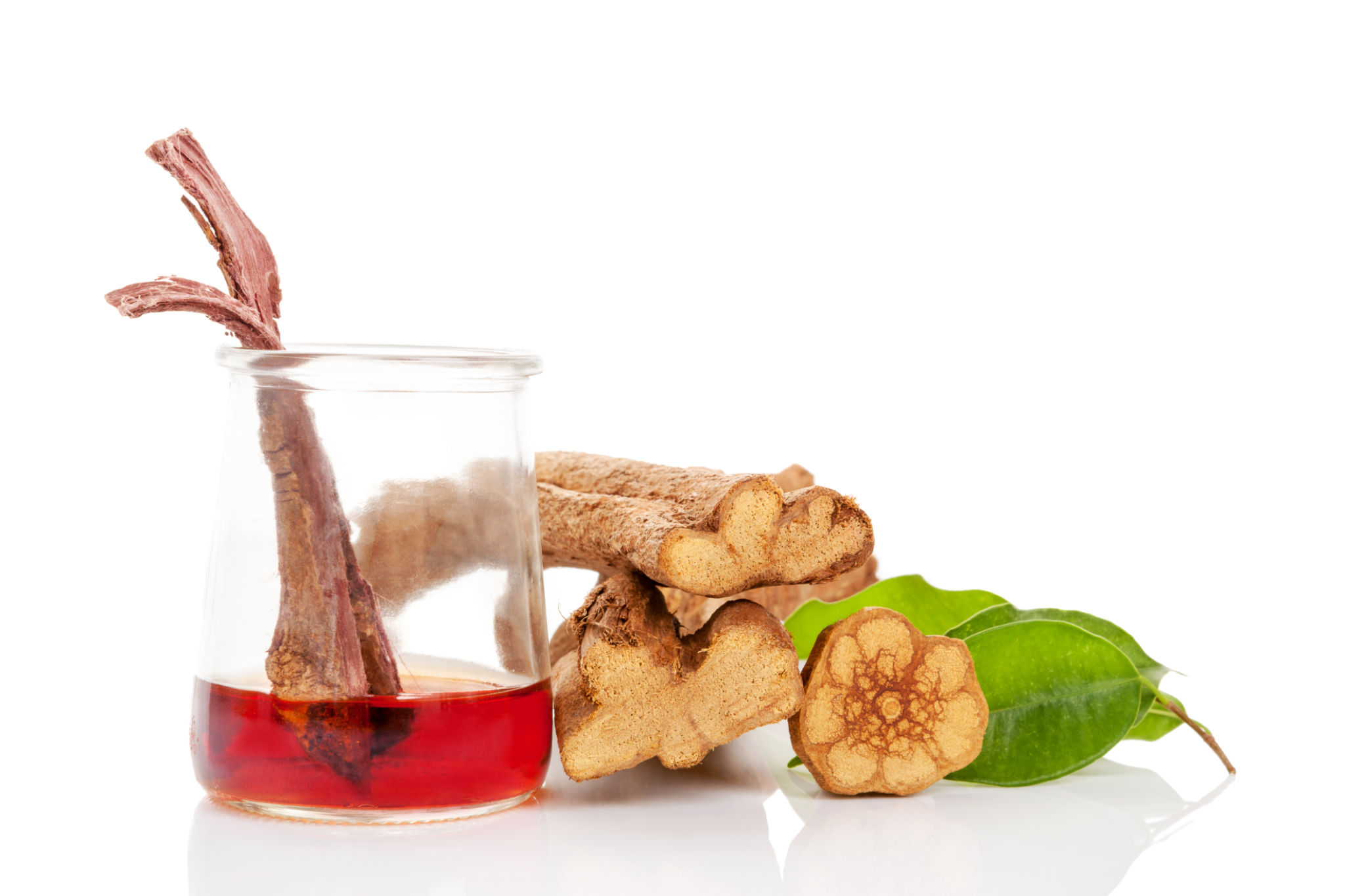How to Identify Quality Mimosa Hostilis Bark for Your Herbal Remedies
Understanding Mimosa Hostilis Bark
Mimosa Hostilis, also known as Jurema Preta or Tepezcohuite, is a plant native to the northeastern region of Brazil and parts of Mexico. It's renowned for its versatile applications, particularly in herbal remedies and natural skincare. The bark of this plant is especially prized for its healing properties, making it crucial to ensure you're purchasing high-quality material.
When selecting Mimosa Hostilis bark, it's important to understand the characteristics that define its quality. Identifying premium bark can enhance the effectiveness of your herbal remedies and ensure safety in use.

Key Characteristics of Quality Bark
Quality Mimosa Hostilis bark has several distinctive features. First, examine the color. Fresh and potent bark should exhibit a deep purple or reddish hue. This vibrant coloration is indicative of a high concentration of beneficial compounds.
Next, assess the texture. The bark should be tough yet flexible enough to break into pieces without crumbling into powder. A fibrous texture is a good sign, indicating that the bark retains its natural oils and compounds.

Aroma and Moisture Content
Another important factor is the aroma. High-quality Mimosa Hostilis bark has a subtle earthy scent. This natural fragrance suggests that the bark is fresh and has been stored properly, preserving its potency.
Additionally, consider the moisture content. While the bark should not be overly dry, it shouldn't feel damp either. Excessive moisture can lead to mold growth and degrade the quality of the bark.

Source and Sustainability
It's crucial to purchase Mimosa Hostilis bark from reputable suppliers who practice sustainable harvesting methods. The demand for this plant can lead to overharvesting, which can harm local ecosystems. Ensure your supplier provides information about their sourcing practices and environmental responsibility.
Support suppliers who work closely with local communities and adhere to ethical guidelines. This not only ensures you receive a quality product but also promotes sustainable practices that benefit both the environment and local populations.
Testing and Certification
For added assurance, look for products that have undergone testing and certification. Third-party testing can verify the purity and potency of the bark, ensuring it meets safety standards for use in herbal remedies.
Certificates of analysis or other documentation can provide peace of mind, confirming that the product is free from contaminants such as heavy metals or pesticides.

Conclusion
Identifying high-quality Mimosa Hostilis bark is essential for maximizing the benefits of your herbal remedies. By paying attention to characteristics such as color, texture, aroma, and source, you can select premium bark that enhances your herbal preparations.
Always prioritize sustainability and ethical sourcing to support both environmental health and local communities. With these considerations in mind, you'll be well-equipped to choose the best Mimosa Hostilis bark for your needs.